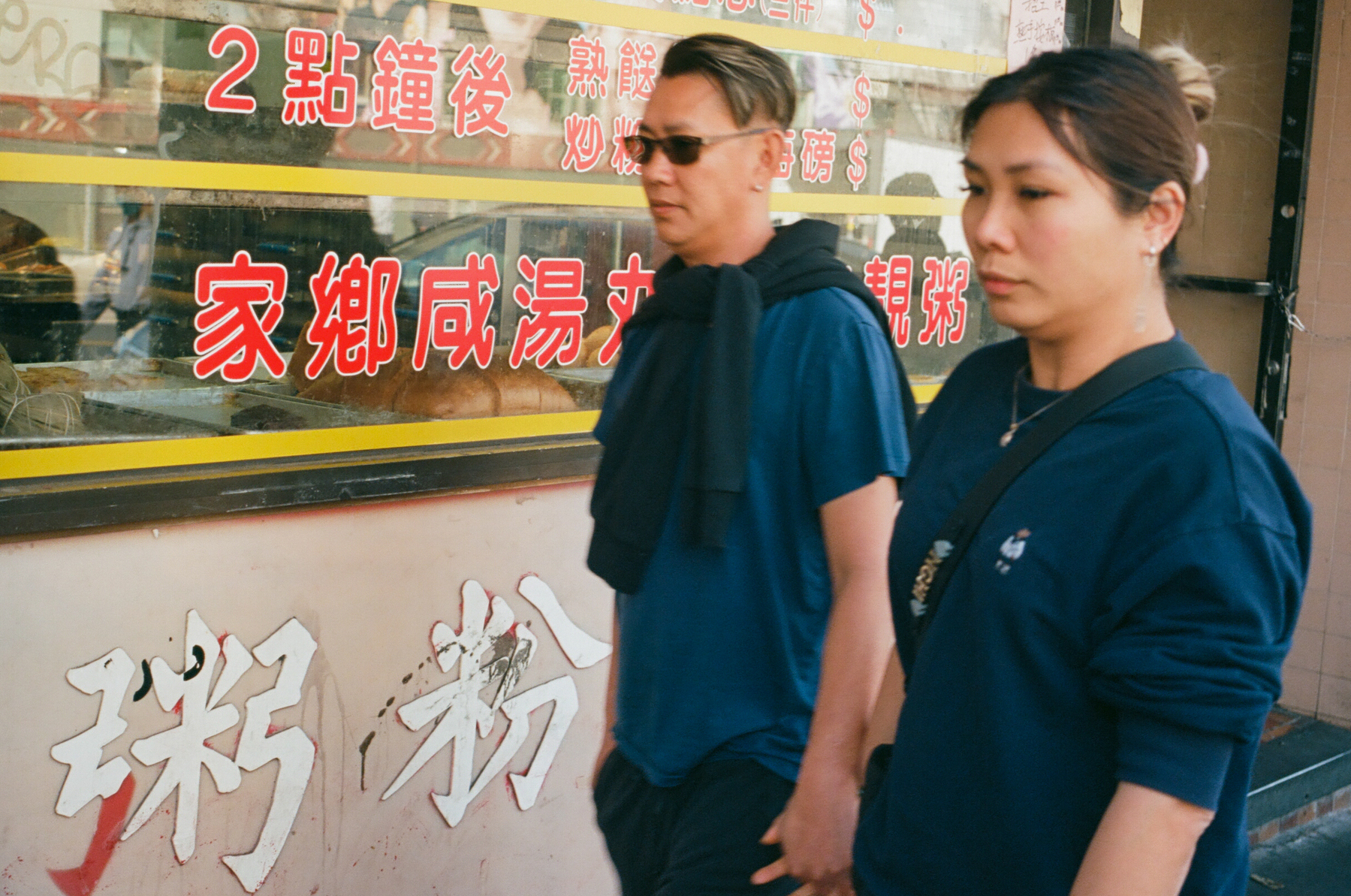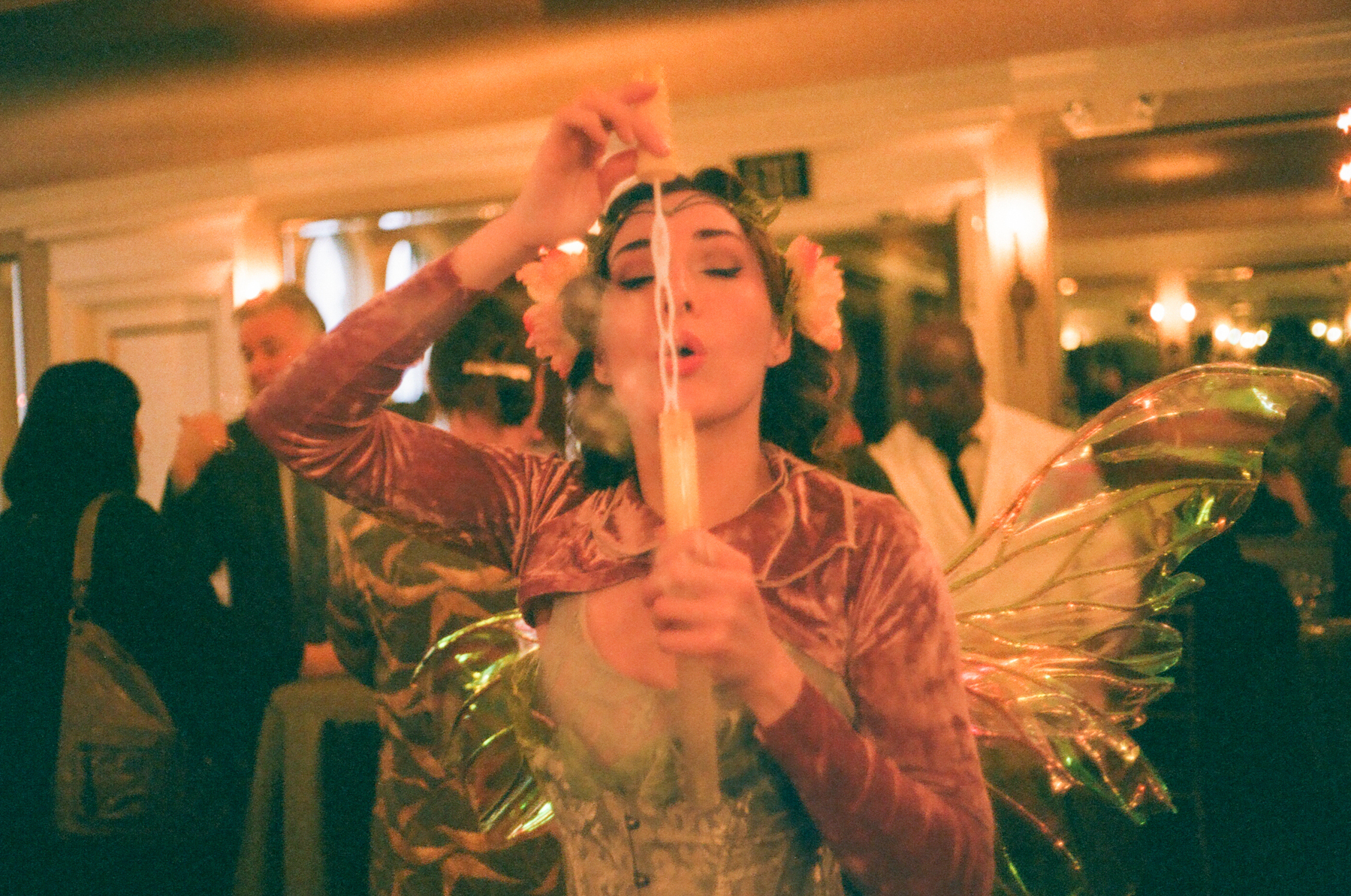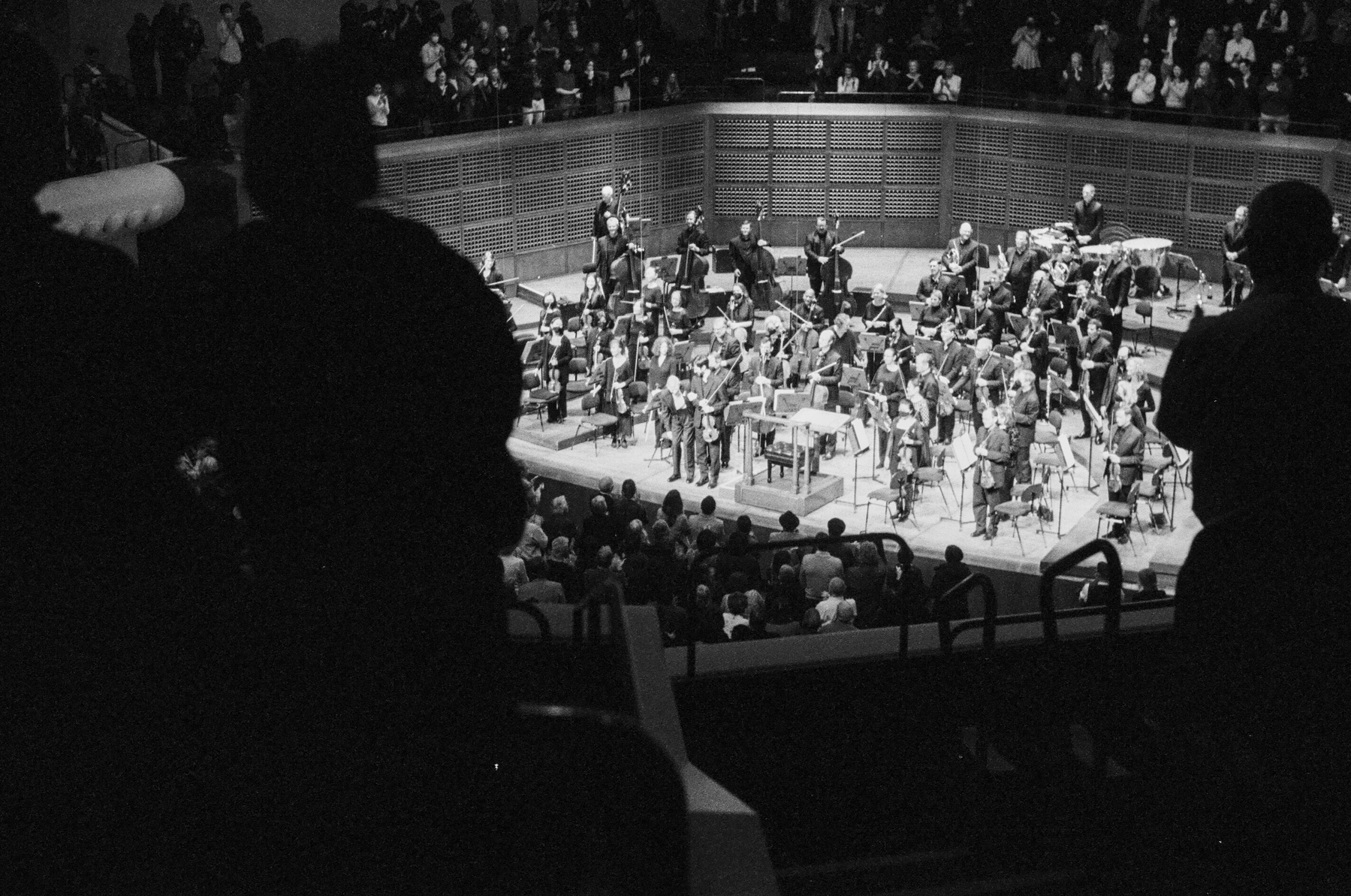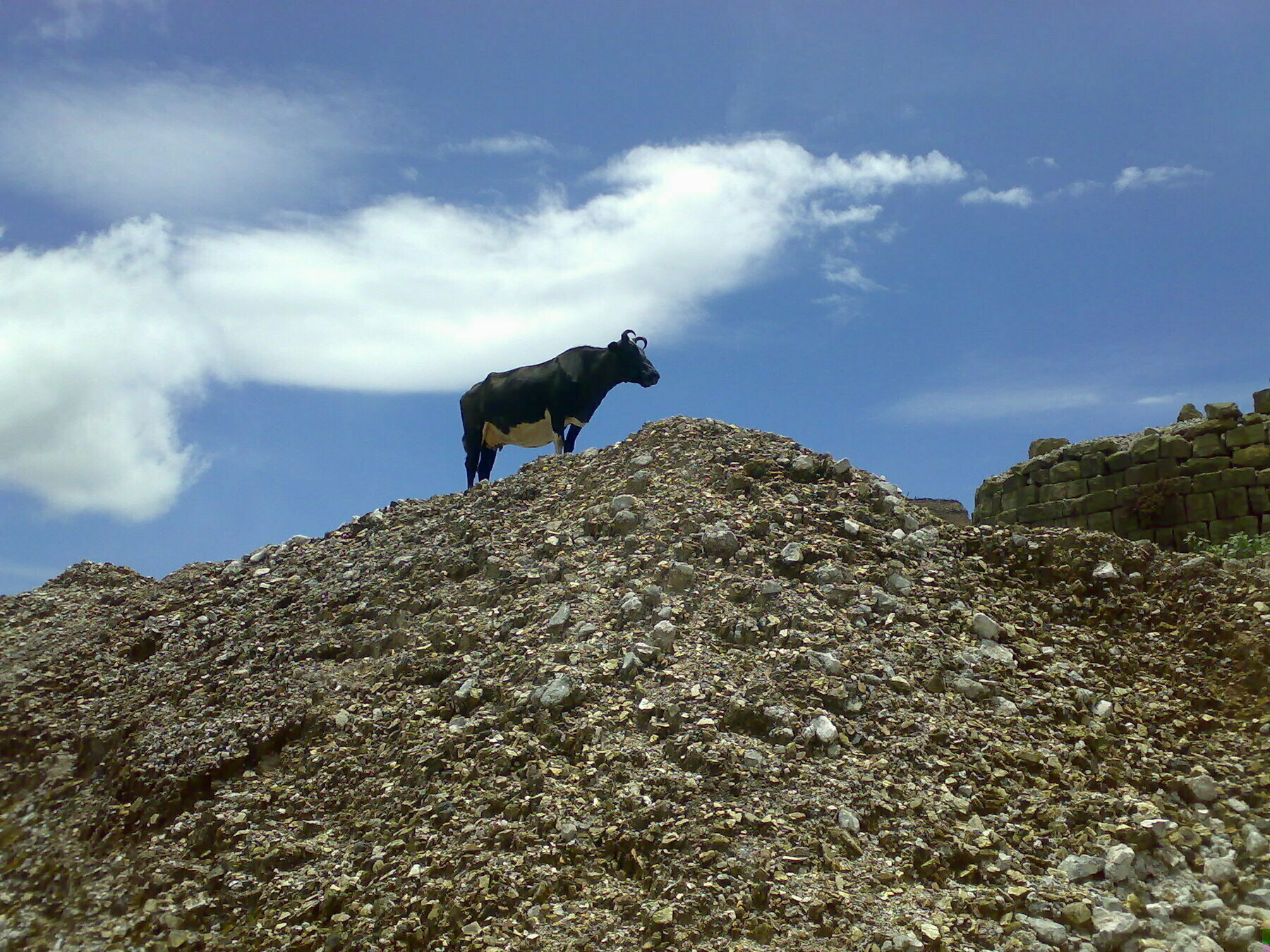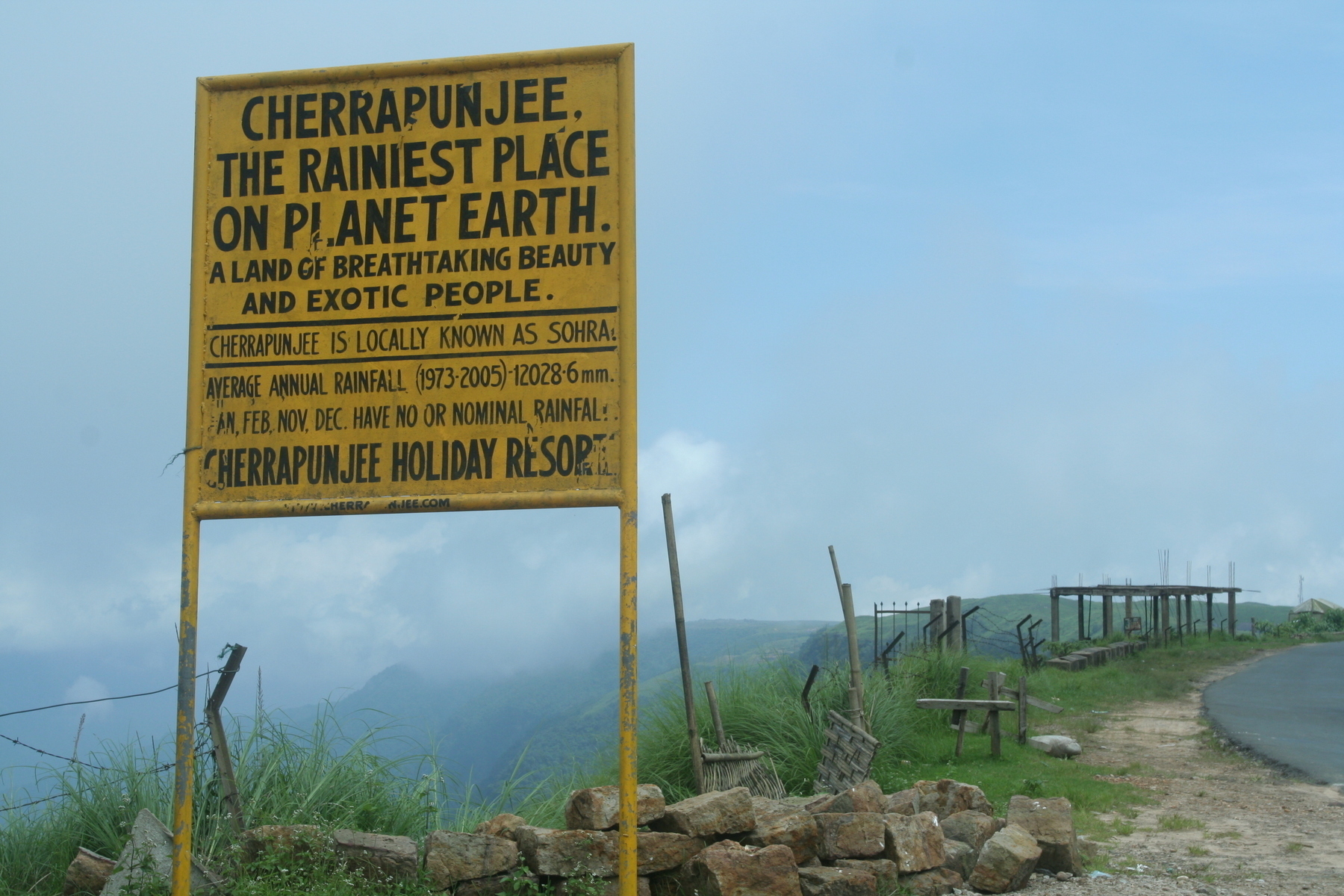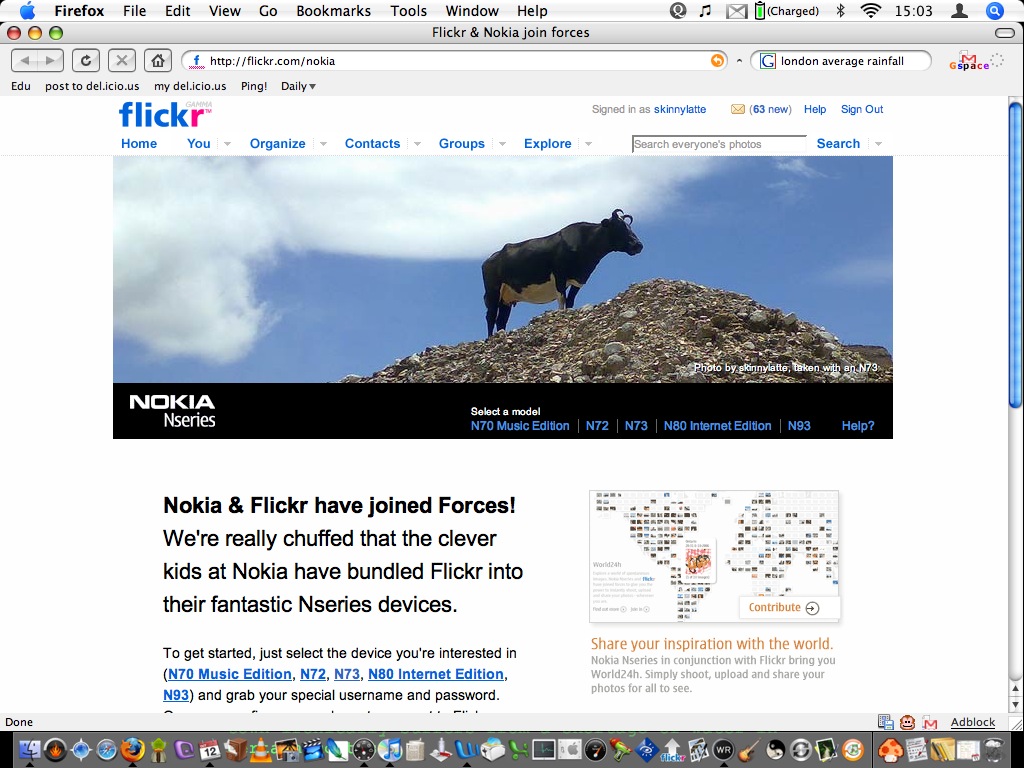I'm thankful to my photography hobby, which has been a part of my life in some way or form for the last 20 years.
I thought it might be interesting to locate photos that would locate me at different parts of my life, in many places, so that I could see, at a glance, what a journey it's been.
In many ways, my photography journey is indistinguishable from my journey through the world. I never went anywhere without a camera.
Koh Chang, Thailand, 2005
#First year of college
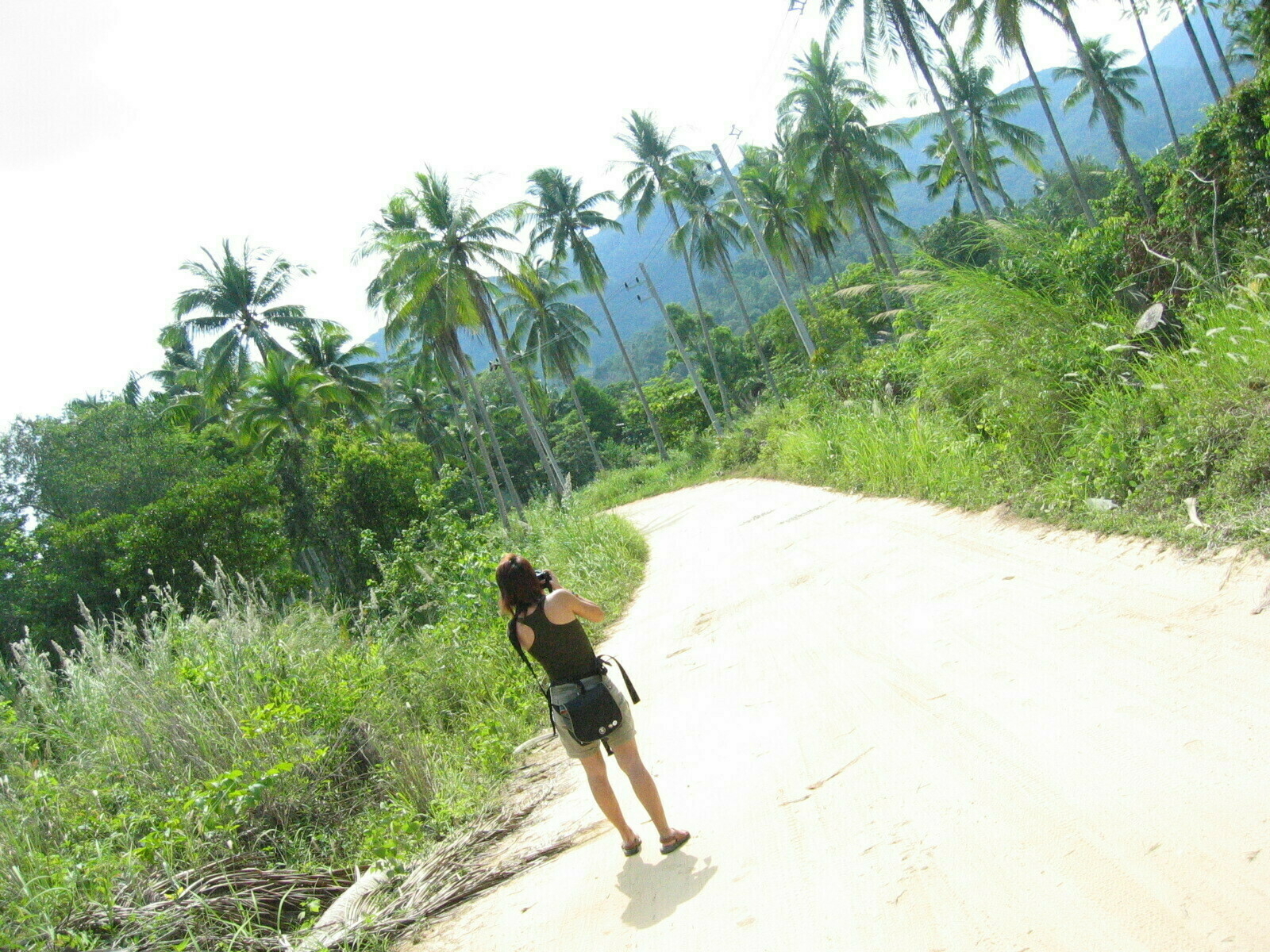
My first camera was a Nikon F-601. I brought it with me to Koh Chang, a beautiful island in northeast Thailand.
This was the first overseas trip I went on by myself (with a former partner). We were in our first year of college. It took a fair amount of convincing (and saving) to make this trip happen. I planned an ambitious trip that got us to Koh Chang for a brief respite before we went north into Cambodia by land.
I don't think I was interested in being a backpacker as such, but I felt very drawn to immersing myself deeply in the countries around me. I had a sense that this type of travel would open up many opportunities for me: but I didn't know what. It didn't make financial or any other sense then.
All I knew was that I did not want to be sucked in to the corporate rat race in my home country, and that if I followed my nose for adventure, maybe things would make sense later.
Bangkok, Thailand
#All through college
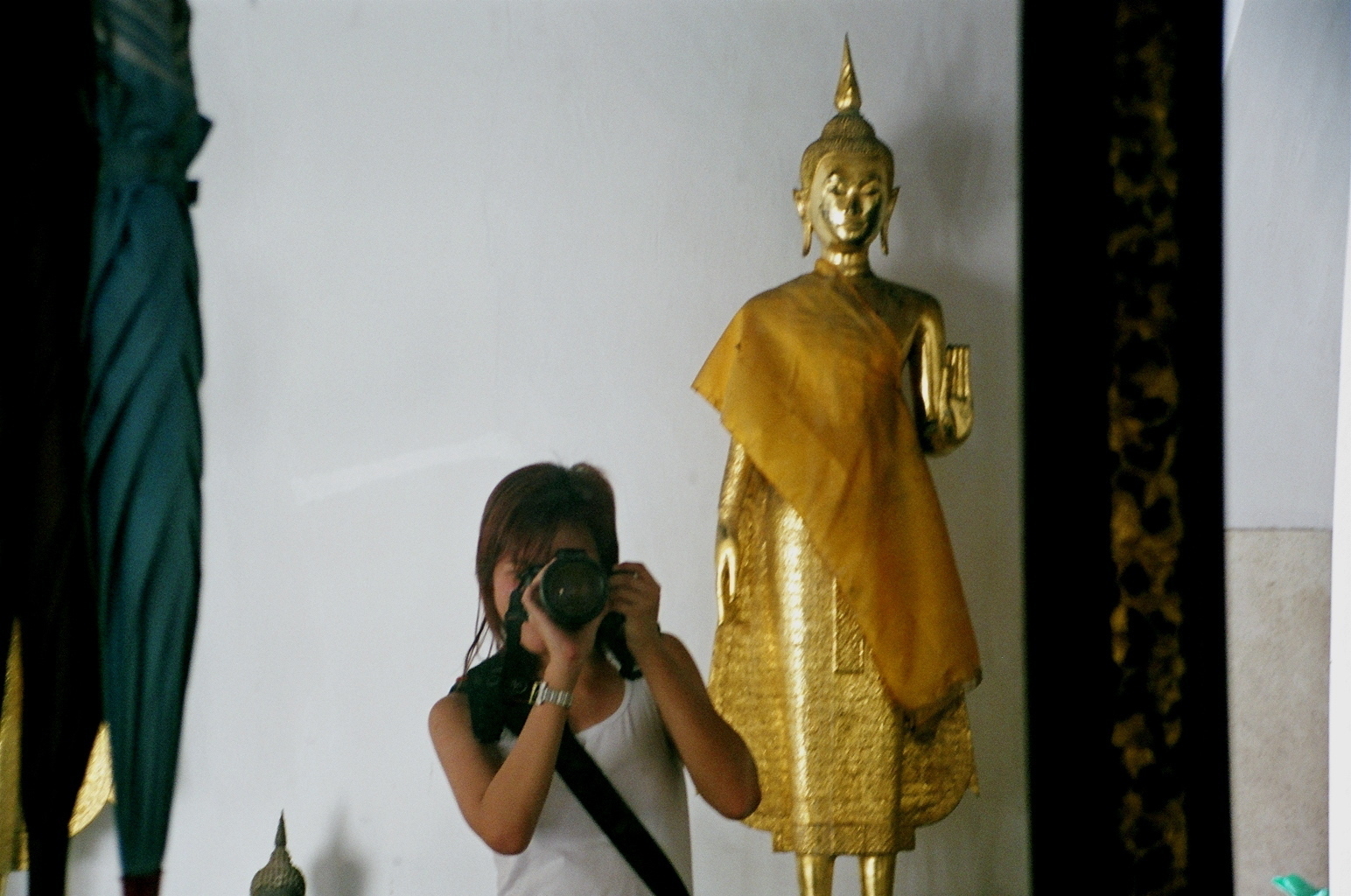
I kept returning to Thailand. Often with friends, sometimes alone. It was my place of peace and happiness. I had a friend who let me stay with him in Bangkok (RIP Dave! I will always be grateful that we became friends the time and the way that we did). It was also a hub: eventually I started taking on assignments for magazines and newspapers, and being located in Thailand (during my college summer vacation) was perfect. I could get on a $80 flight to India, or take a bus or motorbike to Cambodia, or go meet someone and work with them in Vietnam relatively easily.
Singapore, mid early 2000s
#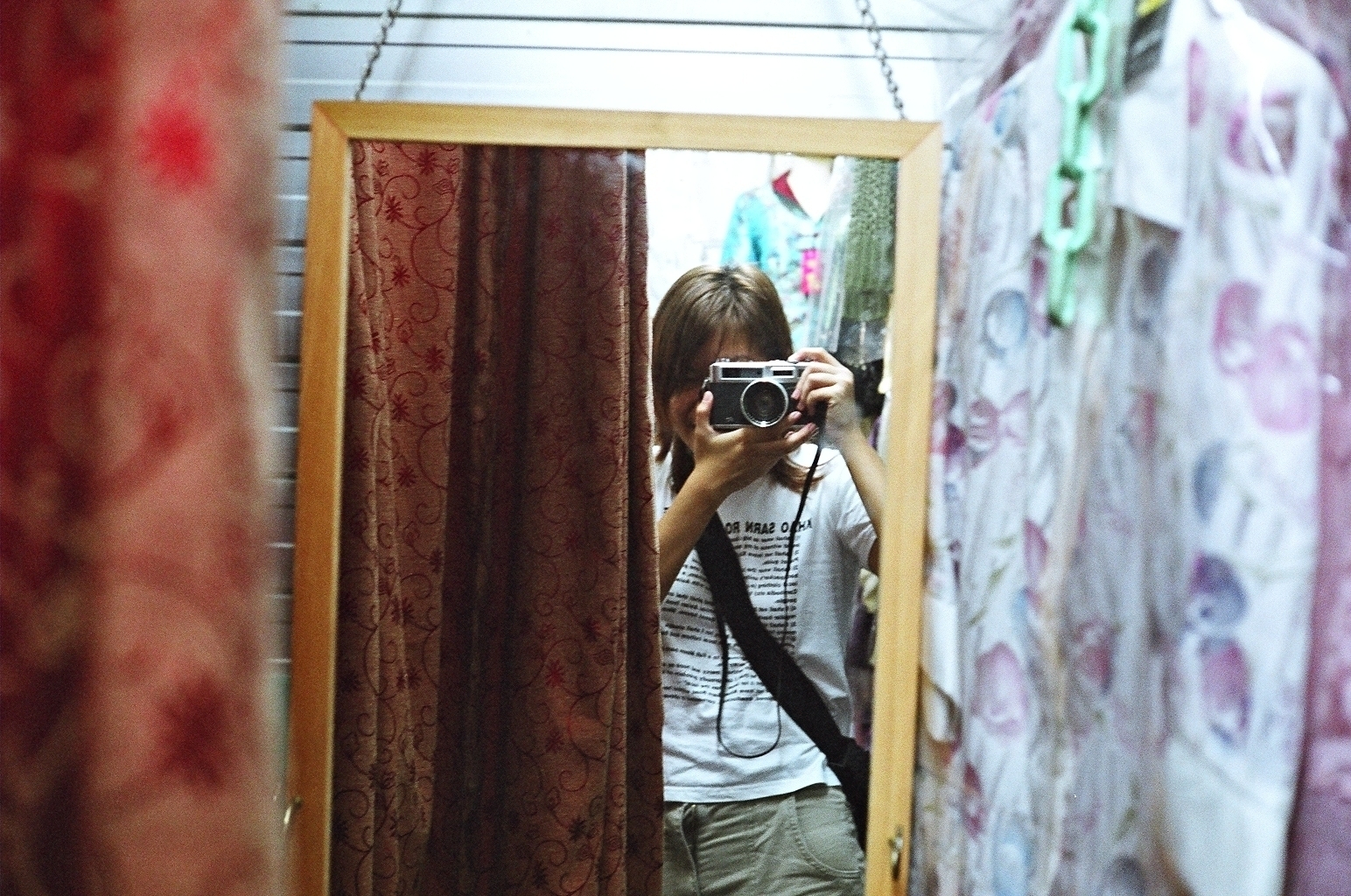
When I was home (I actually had full time college to complete, though it often did not feel like it), I sought out exciting things to do. Growing up, I often heard people say 'Singapore is boring' or 'there's nothing to do here' (even from people who were from there), but I refused to believe that was true.
I certainly got up to a lot of mischief. Some of it good, some not. In any case, this sort of exploration fueled my curiosity. In this period, I actually wound up writing travel and food guides to Singapore at a variety of places, some online, some in hard copy: which was an exciting way to make money to fund other onward adventures. I also wound up eating at every corner of the country because of that, and I certainly have no complaints.
My university wanted me to do an internship at a bank, and I balked. I fought to have this work be recognized as an internship. Eventually, I won. But it was hard fought.
Melaka, Malaysia
#Last year of college
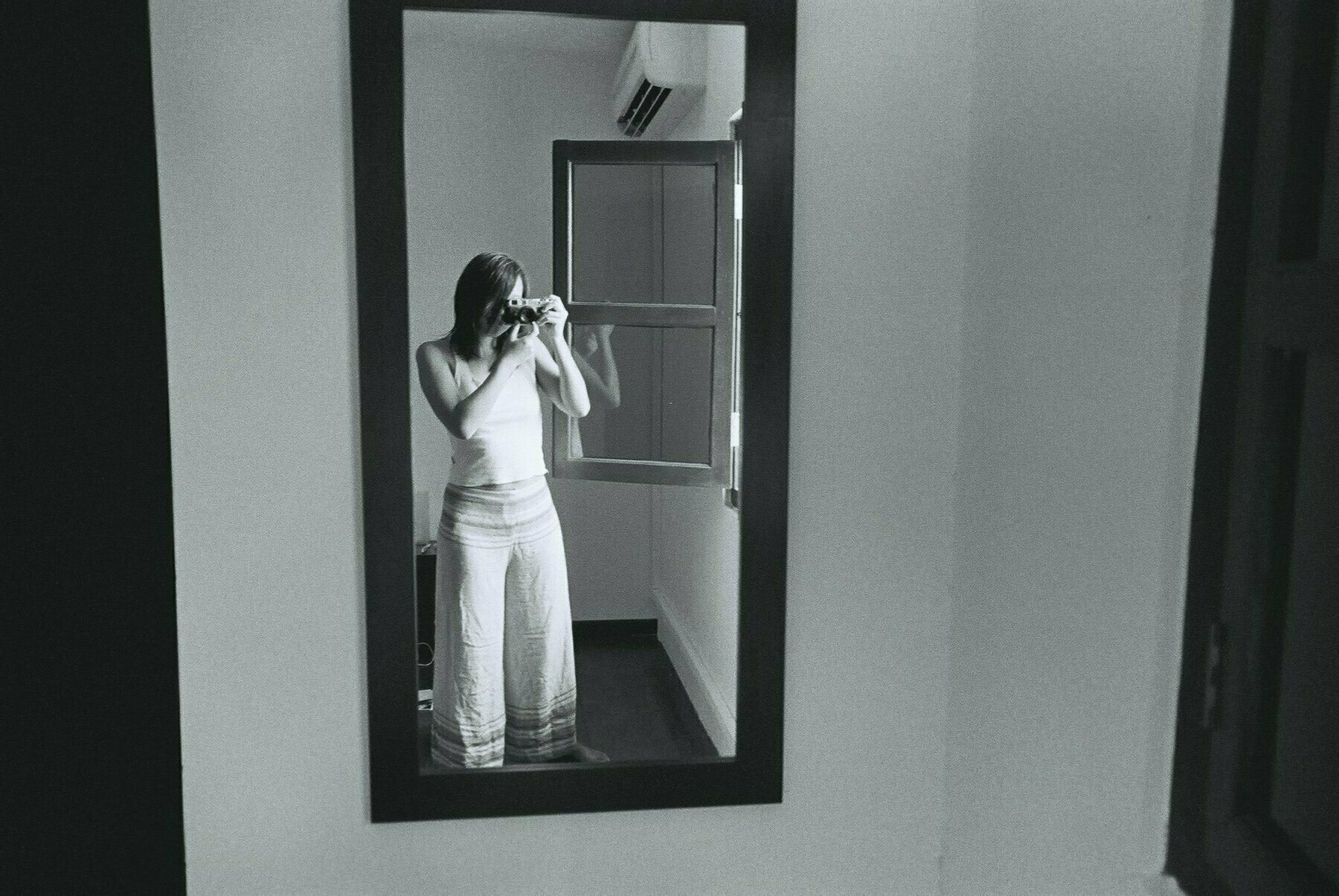
In my last year of college, I fell in love with a woman who lived 250 miles north of me. We met sometimes in the middle. I knew my life was about to change: big time. I guess this photo was a tentative record of that moment. Shortly after, we moved even further away. She moved 8000 kilometres west, and I also moved halfway there. Years later, we would finally live in the same country, the one originally pictured here. We had such an adventurous life together. I got to see a lot of the world with her, and I got to do many things in this period of my life. We started companies, we made software, we made food, we had a dog. A dog that's still very much a part of my life today.
San Francisco, United States
#Present day
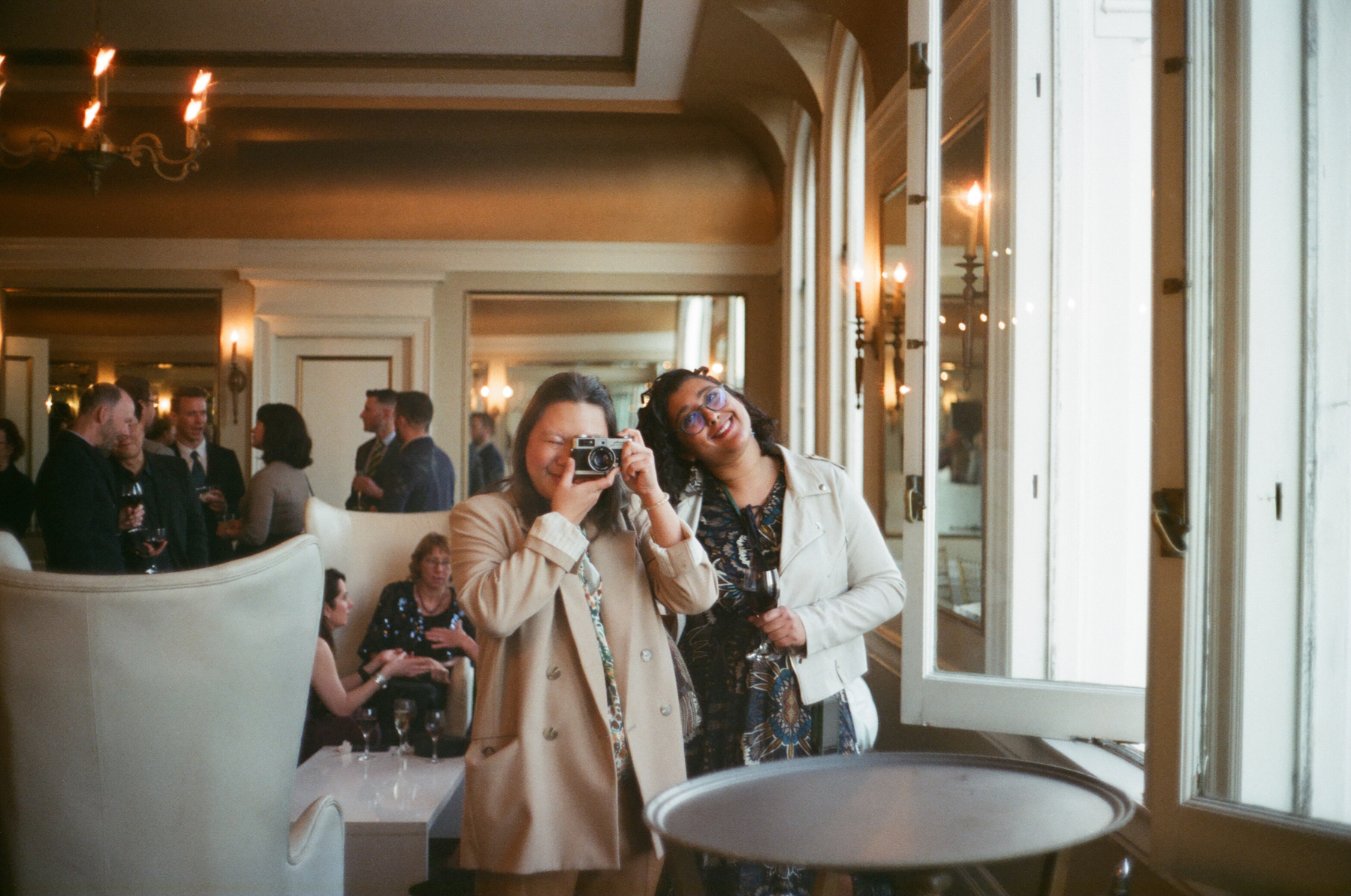
I never thought I would move to America. It wasn't my dream, the way it was for so many people. But life brought us here. Specifically, my marriage brought me here. We needed a place to live that was going to be more... amenable to our lives.
I think we've built a good life for ourselves. It'll be five years soon. Five years of being married to Sabrena, my wonderful wife, and five years of living here together. I now speak in Fahrenheit, much to her horror. She keeps tabs of all the ways in which I am 'turning American'. "You speak way too loudly, and just yesterday you scared me when you told me the boiling point of water was 212."
I am sorry.
We're part of a community. We go to things. We learn things together. We explore our environment. We fuss over Cookie, our 14 year old dog, and Mila, our 16 year old cat. We trace the ways in which our lives have changed, the ways in which we have, inevitably, become, well, American. It's a bittersweet story.
But we are here now. And if you were to tell 20 year old me in the very first photograph that this is going to be my life in the future? I'd be very thankful for the adventures, and be looking forward to this one.
